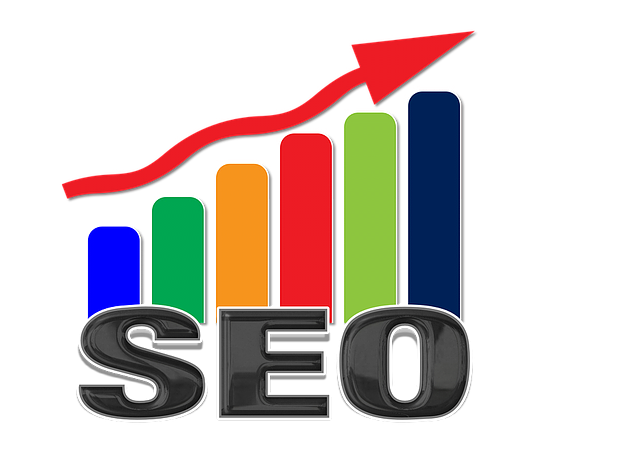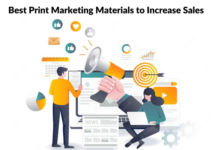Does your business want to start using email as a part of its overall online marketing campaign? Email marketing is a strong tool, but without the knowledge and skills to use it, you could be wasting money and losing customers.
Successful email marketing is not difficult, but there are many individual facets to consider when developing a strategy. This is a quick guide to the basics of email marketing, including best practices for developing a successful strategy that integrates with your existing marketing campaigns.
The Basics
Email marketing starts with automation, a term used in reference to the auto-responding features available through email marketing software tools. Automation allows you to send scheduled or circumstantial emails, dependent on the settings you manage within the software. Automation is used for almost every email sent by a business; even customer service communications can be automated.
The most common types of business marketing emails sent are:
- Promotional emails are used to offer coupons, announce sales, events, and new products, and generally encourage people to shop.
- Newsletters are informational emails that keep subscribers up-to-date with your company. These emails can contain company or industry news, or entertaining content like recipes or DIY tips. Newsletters are never overtly promotional, and offer valuable content for your subscribers.
- Transactional emails are the receipts, invoices, order confirmations, shipment tracking, and other transaction-based communications for eCommerce trade.
- Circumstantial and seasonal emails make up the rest, and include but are not limited to: Birthday Emails, Welcome Emails, Cart Abandonment Emails, Re-Subscribe and Re-Order Emails, Holiday Emails, and Review Request Emails.
Depending on its nature, a business may use all or only some of these email types. B2C institutions tend to use a larger variety of emails in their marketing campaigns, as their customers often value a strong relationship with their favorite brands.
Setting the schedules and specifications for all the different kinds of emails can be time-consuming, but your efforts can be aided using segmentation. Segmentation is another tool often offered by email marketing software which allows you to categorize your contacts for better targeting through automation, optimizing emails for each individual lead and customer.
For example, with segmentation you can send a different version of a Welcome Email to someone based on the time of year they sign up, or based on their geographic location. In more advanced applications, segmentation can be used to highly target promotional emails to buyers and browsers alike based on their activity history.
Split testing is another fundamental of all marketing, and email is no exception. Most email marketing software allows users to test multiple forms of each email to see which are most successful. In addition to testing the content of your emails, you should also test different subject lines, visual media, format and design, and the time of day you send the email. Your marketing software should give you information regarding how many people opened, clicked through, and eventually went on to complete your call-to-action.
Engaging Your Audience and Building Trust
Not long ago, an email marketing campaign may not have been very successful. Consumers were inundated with what they (rightly) consider ‘spam’ email from companies who sometimes didn’t even ask for permission to send promotional content.
In the meantime, companies have gone through great lengths to improve the consumer-experience in email marketing. In a recent poll, 72% of American consumers say they prefer email to any other communications with their favorite brands. Additionally, 61% say they enjoy receiving promotional emails, even as often as once a week.
This change is the result of a new approach to business/consumer relationships and online marketing. What was once a flooded free-for-all of tacky advertising has transcended to become a much more pleasant and effective form of marketing built on trust.
Emails which are not strictly promotional, like newsletters or Thank You Emails, are a kind of exchange between subscribers and the business. This exchange settles the debt owed to consumers by businesses for the privilege to openly promote on a private channel like email.
In addition, businesses must respect consumers by asking their permission before sending promotional or other non-transactional material. This means getting your customers and leads to subscribe before marketing to them.
Businesses are also expected to respect consumers’ intelligence by not sending condescendingly blatant advertising or unrelated promotions. If your promotional emails aren’t relevant to the people who receive them, they may stop opening them altogether.
As a general rule, you should send no more than one newsletter a week, and no more than 2 promotional emails a week. Experiment to find the right balance for your subscribers.
The Best Way to Boost Sales
The goal of email marketing has stayed the same even though the approach has changed. Companies still enforce email marketing to boost sales and develop positive customer relations, and striking a balance between the two is the formula for success.
Boosting awareness of your brand and growing your subscription base are key to improving your sales and expanding your company. Chances are, you company already has a dedicated website and internet storefront, as well as presences on all relevant social networks. You should be promoting these aspects of your business in every email, using helpful tools like buttons and anchor text to link customers beyond the email.
For instance, many companies keep social network buttons on their newsletters and promotions, in case a customer wants to share the content. This introduces your campaign to a whole new set of eyes. Once your content is in front of a new audience, make it easy for those who are interested to also visit your website or subscribe to your emails.
Incentivizing customers is another strong approach to increasing sales. Emails which offer customers limited-time discounts, especially those which appear to be personalized to their needs or buying habits, are a great example of incentivization. Reviews are an incredibly important aspect of online marketing, so companies will often also incentivize customers to review previous purchases.
Rewarding loyal customers is another strategy enforced by successful email marketing campaigns. It costs so much more to attract new customers that you should pass those savings on to existing customers to reward their loyalty and encourage them to continue shopping with your company. Offer them a coupon, free shipping, or a complimentary refill on a frequently purchased re-order to show how much you appreciate their business, being clear about why they are receiving the reward.
Cart abandonment and re-order emails are also essential in boosting, not just maintaining, sales. Many consumers find cart abandonment emails to be helpful, and re-order emails make it more convenient for your customers to bring repeat business. Remember to make it as simple as possible for customers to use your site, purchase from you, and continue purchasing from you for re-orders.
Be creative with your approach and remember that engagement and trust must be achieved before your promotional strategy will be successful.
Growing Your Business With Email Marketing
As you can see, the individual parts of your email marketing strategy are not complex, but the delicate balance between engaging your audience and selling to them must be met. When in doubt, ask your customers for their feedback. In the end, it’s all about catering to your customers’ needs, so their honest reviews and feedback should be welcomed and rewarded.





